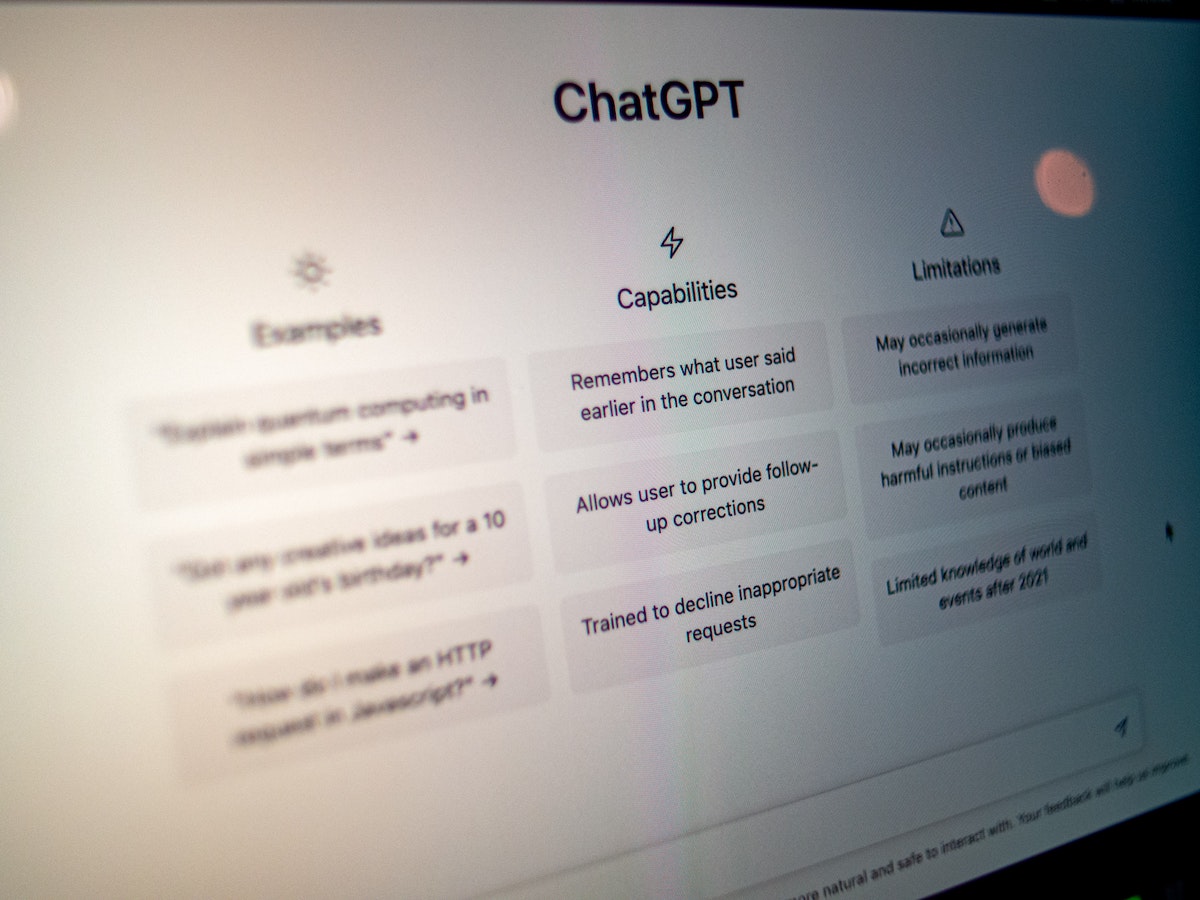The CISO's Immediate Resources

Summary
As organizations continue to rely on technology and digital infrastructure, the threat of cyber-attacks has become increasingly prevalent. This has placed a significant responsibility on Chief Information Security Officers (CISOs) to develop and implement effective security measures that protect their organization’s sensitive data and systems from cyber threats. To accomplish this task, CISOs must leverage various resources available to them, such as their information security team, security frameworks, security vendors, industry associations, and peer networks. By utilizing these resources, CISOs can stay up-to-date on the latest security trends and technologies, prioritize security measures, and develop a comprehensive security strategy that aligns with their organization’s goals and objectives. This ultimately helps to ensure their organization is protected against cyber-attacks and their sensitive data and systems remain secure.
Information Security Team:
The information security team is a critical resource for the CISO as they are responsible for implementing and maintaining the security program of the organization. These professionals can provide expertise in areas such as network security, data privacy, threat intelligence, incident response, and compliance. CISOs rely on their team to identify and analyze security threats, develop and implement effective security strategies, and respond to security incidents when they occur. A well-trained and experienced team is essential for the success of the security program.
Security Frameworks:
Security frameworks provide a structured approach to managing security risks. They offer a set of security controls and guidelines that CISOs can use to develop and implement effective security strategies and processes. The most widely used frameworks include NIST, ISO, and CIS. These frameworks can help CISOs to identify security risks and prioritize security measures, as well as to ensure they are complying with industry standards and regulations. By following a framework, CISOs can ensure their security program is aligned with industry best practices.
Security Vendors:
Security vendors provide a range of tools and technologies that can help CISOs protect their organization from cyber threats. These vendors offer solutions such as firewalls, intrusion detection systems, vulnerability management, and threat intelligence services. CISOs rely on security vendors to provide the latest security technologies and tools that can help them detect and respond to threats in real-time. It is essential for CISOs to evaluate security vendors and choose the ones that best fit their organization’s needs.
Industry Associations:
Industry associations provide a platform for CISOs to network with other security professionals and learn from their experiences. These associations include ISACA, (ISC)², and the Information Systems Security Association (ISSA). CISOs can participate in industry events, conferences, and training programs offered by these associations to stay up-to-date on the latest trends and best practices in information security. Industry associations can also provide access to valuable resources such as research reports, benchmarking data, and case studies.
Peer Networks:
Peer networks are informal groups of security professionals who share knowledge and best practices. These networks can be local or regional security groups, informal networking groups, or online forums. CISOs can participate in peer networks to share insights and experiences with other security professionals, learn about emerging threats, and gain insights into how others are managing security risks. Peer networks can provide a valuable source of information and support for CISOs.
In summary, a CISO’s best resource is a combination of their team, security frameworks, security vendors, industry associations, and peer networks. By leveraging these resources, CISOs can develop and implement effective security strategies and processes that protect their organization from a wide range of cyber threats.



